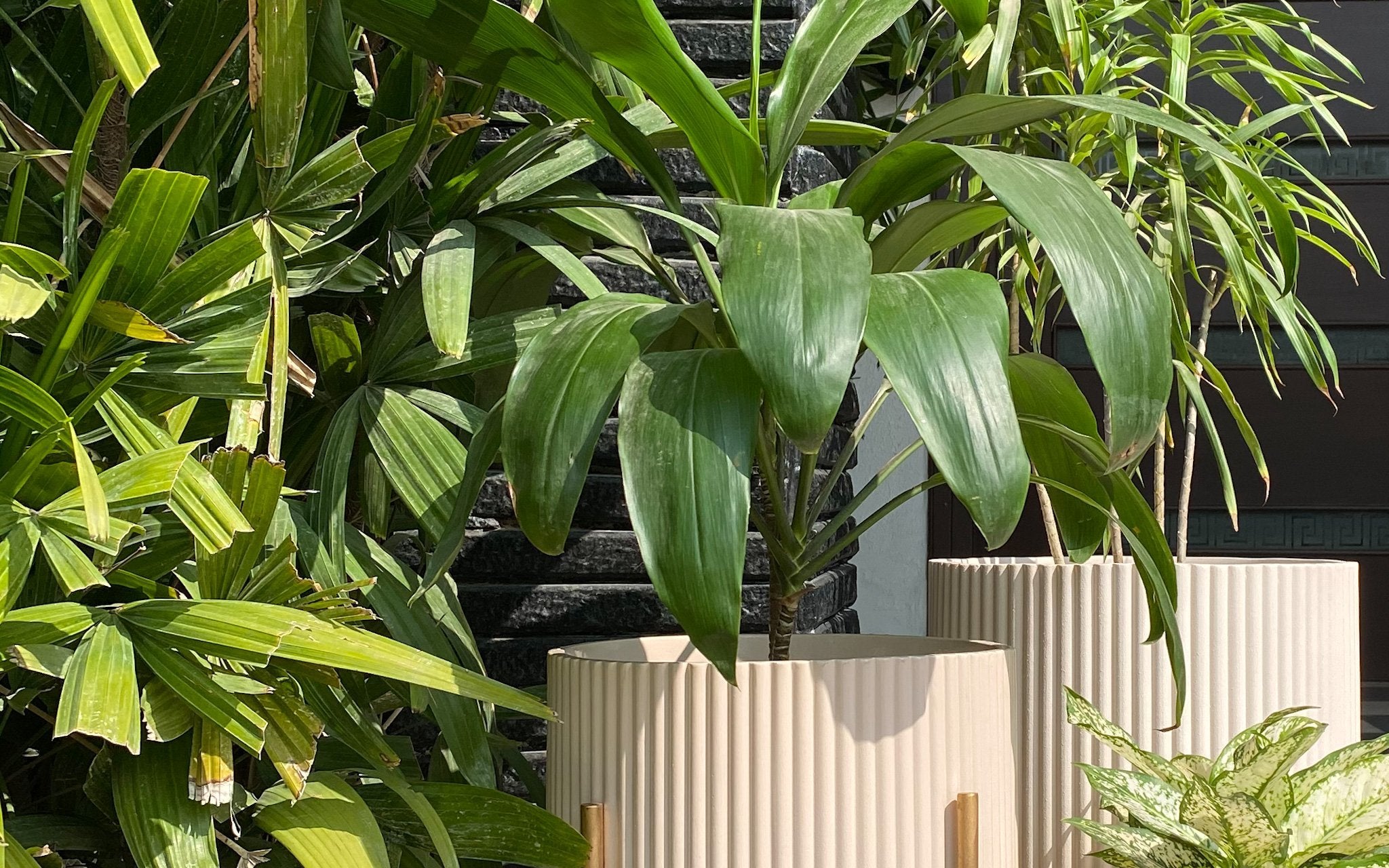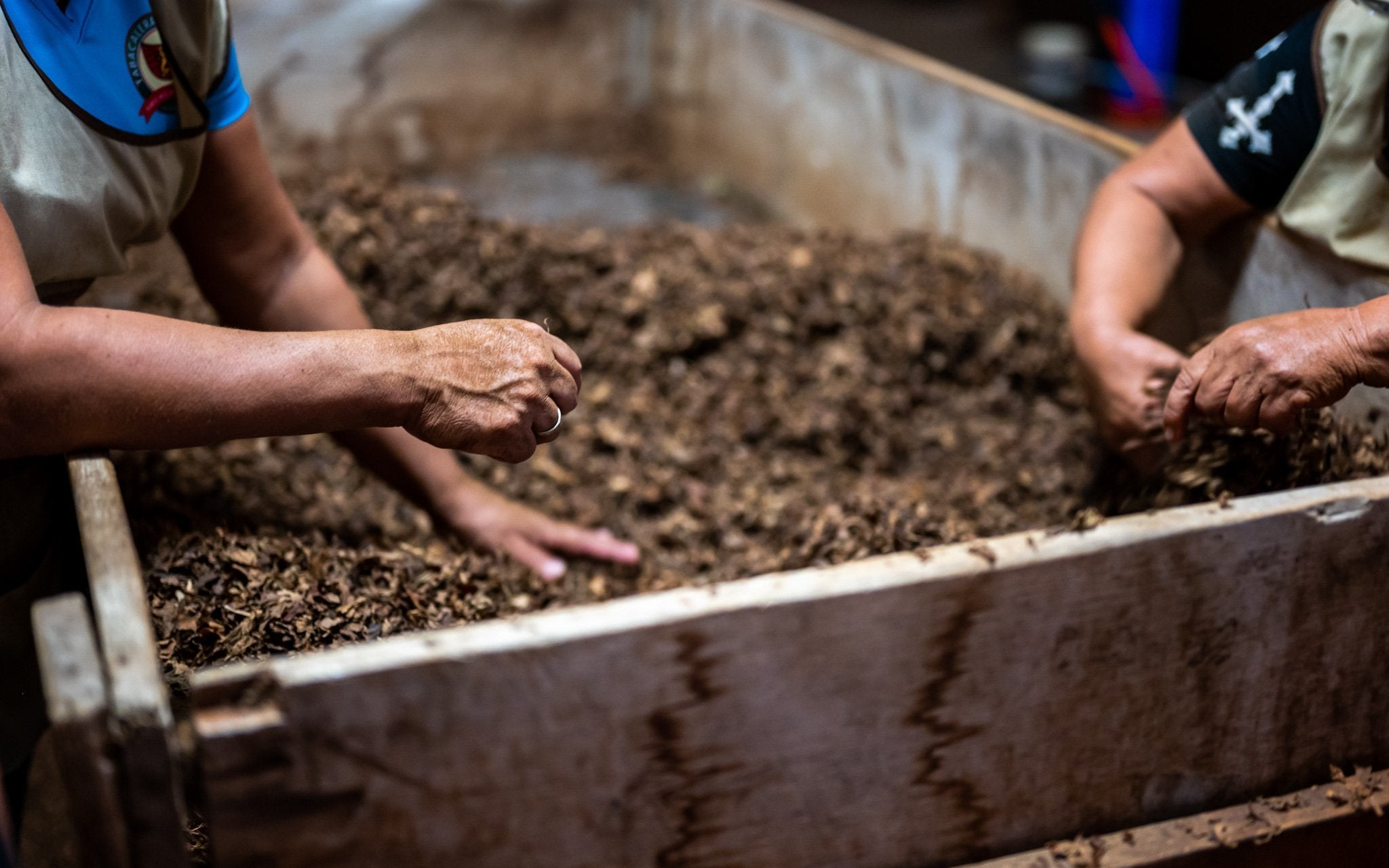Growing your own food has a joy of its own. Imagine the pleasure of walking into your home garden, watching your little red tomatoes grow bigger day by day, ready to be plucked anytime now - knowing your food is completely organic, homegrown and free of fertilisers.
Your don't need to dig up your garden to grow your own food, there are many fruits and vegetables that you can grow in post as well, enter: CONTAINER GARDENING.
What you need:
- A good spot with ample sunlight. However, if you're living in a hot climate, you may need some shade for your plants for some part of the day. Check your spot every 30 mins to assess how much sun it gets through the day.
- An ideal container: The bigger the container, the better. Try to use a plastic or fiberglass planter as they retain moisture better than clay pots. . Its also ideal to use light coloured planters so they don't absorb too much sunlight and burn the roots.
- Watering guide: May vegetables like tomatoes, need plenty of water. But the idea is to keep the soil evenly moist and not soaking wet. Make sure to add some about 1 inch of gravel for better drainage.You can dip your finger in the soil, and if it feels dry, water it. If you're living in a hot climate, for some plants you may need to water it twice a day. This is often the most high-maintenance and critical aspect of vegetable container gardening.
- High quality potting soil: Using high quality potting soil is important for vegetable gardening. You can't use regular garden soil as it may impact the growth of the fruits and vegetables.
- Fertiliser: Feed your plants with liquid fertiliser at-least twice a month.
Growing plants together in one container:
- According to the Farmers Almanac, you can maximise space and thus your harvest by planting root crops, low-growers, and tall climbers together in the same container. The climbers will eagerly scramble up a trellis, while the small plants spread around their base. You’ll hardly need to weed because there won’t be any room for weeds to gain a foothold, and during the height of summer, some low-growers (leafy greens, for example) will thrive in the shade provided by the taller plants.
- Mix quick-maturing plants, such as lettuce or radishes, with longer-growing ones, like tomatoes or broccoli.
- Group plants with similar needs for sun and water, such as pole beans, radishes, and lettuce; cucumber, bush beans, and beets; tomatoes, basil, and onions; and peas and carrots.
Container Sizes, according to the plant:
Onions: 19 litres container
Beans: 19 litres container
Cucumbers: 1 plant/ 3.5 lites container
Broccoli: 1 plant/ 19 lites container
Lettuce: 19 litre container
Radish: 19 litre container
Peppers: 1 plant/ 7.5 litre container



